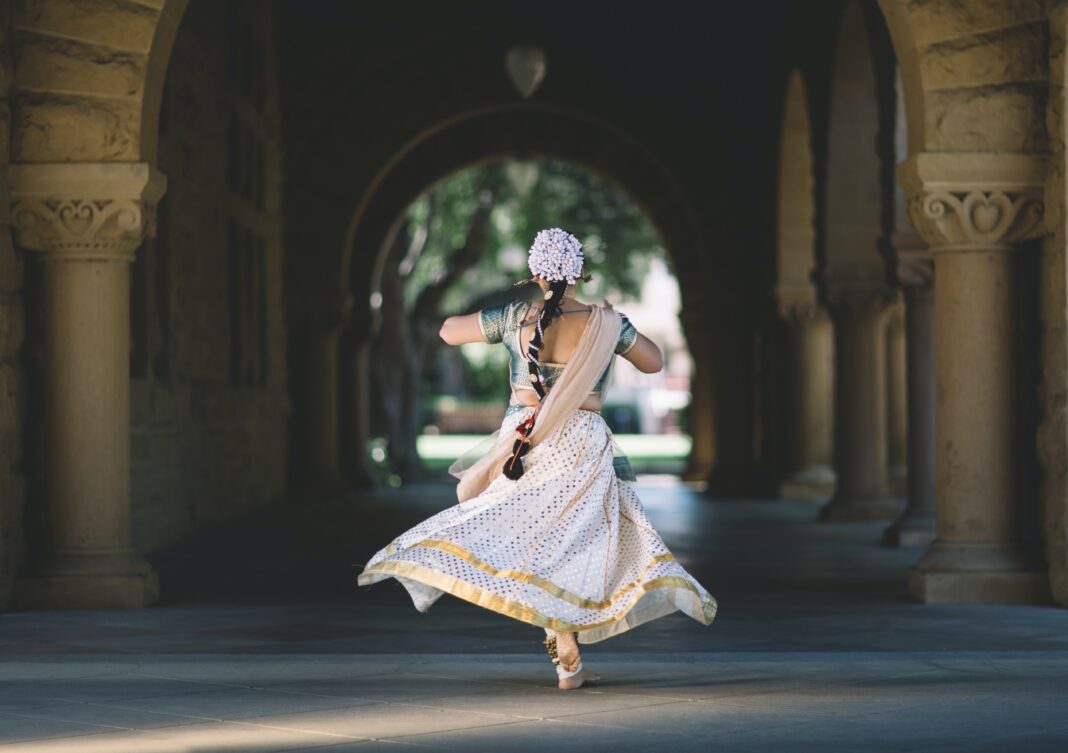Classical dance in any country is an ancient art form that has been passed down through generations across cultures around the world. These dances are known for their grace, beauty, and technical precision, and they are a testament to the rich cultural heritage of the societies in which they originated. There are many different styles of classical dances of India, each with its unique characteristics and traditions. In this article, we will explore some of the most important aspects of classical dances of India that everyone should know.
History and origin
Classical dance has a long and rich history that dates back centuries. Many of these dances were developed in ancient civilizations and were originally used as a means of religious or spiritual expression. For example, the Indian dance form of Bharatanatyam has its roots in the Hindu temples of South India, where it was performed as a devotional offering to the gods. Similarly, the Chinese dance form of Beijing Opera originated in the Qing Dynasty and was traditionally performed by male actors in elaborate costumes and makeup.
Cultural significance
Classical dance is more than just a form of entertainment–it is an integral part of the cultural identity of the societies in which they evolved and were performed. In many cases, these dances are closely tied to the history, mythology, and religious practices of a particular culture. For example, the Balinese dance form of Legong is based on stories from Hindu mythology and is traditionally performed as a part of religious ceremonies. Similarly, the African dance form of Kpanlogo is a contemporary dance that was developed in Ghana in the 1960s as a way to celebrate the country’s independence and cultural traditions.
Technical skills
Classical dance requires a high level of technical skill and physical agility. Dancers must be able to execute precise movements with grace and control while contorting the body to adopt complex positions and continue the sequences. Many classical dance forms also involve the use of props, such as fans, scarves, or swords, which add a layer of difficulty to the performance. In addition to physical skills, classical dancers must also be able to express emotion and tell a story through their movements and facial expressions.
Training and dedication
Becoming a classical dancer requires a great deal of training and dedication. Many dancers begin learning at a young age and spend years perfecting their craft. In addition to regular dance classes, classical dancers often also train in other disciplines, such as music, drama, and yoga, which can help them develop a more well-rounded skill set. Classical dancers must also be willing to put in long hours of practice and be dedicated to continually improving their skills.
Costumes and makeup
One of the most visually striking aspects of classical dance is the elaborate costumes and makeup that are worn by the performers. These costumes are often specific to the dance form and are designed to enhance the movement and expression of the dancer. In some cases, the costumes in addition to the make-up, also further enable the telling process of the story behind the dances conveying the themes and other important aspects through the performance. For example, in the Indian dance form of Kathakali, dancers wear elaborate masks and makeup to portray different characters and emotions.
Music and instruments
Classical dance is often accompanied by live music, which helps to set the mood and tempo of the performance. The type of music and instruments used can vary greatly depending on the dance form, but common applications in classical dance include drums, stringed instruments, and wind instruments. In some cases, the music is also used to help tell the story or convey the theme of the dance.
Performances and competitions
Classical dance is typically performed in a formal setting, such as a theatre or concert hall. Dancers perform as part of a company or troupe and may also participate in dance competitions or festivals. These performances and competitions provide an opportunity for dancers to showcase their talent. Both solo and group performances can be wonderful to experience.
Types of classical dances of India in India
There are various types of classical dances of India, each with its unique style and characteristics.
- Bharatanatyam is a dance form that originated in the state of Tamil Nadu and is known for its grace, purity, and rhythmic patterns.
- Kathak originated in the northern region of India and is characterized by its intricate footwork and expressive facial gestures.
- Kathakali is a dance form from the state of Kerala that is known for its elaborate costumes and facial makeup.
- The famous Kuchipudi dance hails from the state of Andhra Pradesh and illustrates graceful movements and expressive gestures.
- Manipuri, another important one to mention, is from the state of Manipur which is known for its delicate and graceful movements.
These are just a few examples of the many classical dance forms that originated in India throughout the country’s cultural history. Each form has a rich and cultural significance and continues to be an important part of India’s artistic and cultural heritage contributing largely to consolidating its political soft power in global politics.
In conclusion, Indian classical dances are a beautiful and important aspect of cultures around the world. They are a way for people to express themselves, tell stories, and connect with their heritage. Some important aspects of classical dances of India to be mindful of include the political history and unique culture of the country as well as the quintessential technical facets and elements forming key contributors to the distinctness of a particular dance form. classical dances of India also often have specific costumes and music that are associated with them, adding to the overall beauty and cultural significance of the nation. Everyone needs to appreciate and respect the cultural traditions and artistic expression conveyed in the moves. Whether you are a dancer yourself or simply an admirer, understanding and appreciating the nuances of classical dances of India and their genesis can help enrich your understanding and appreciation of the art form and apply the same sentiment and awareness to other forms of creativity.

























